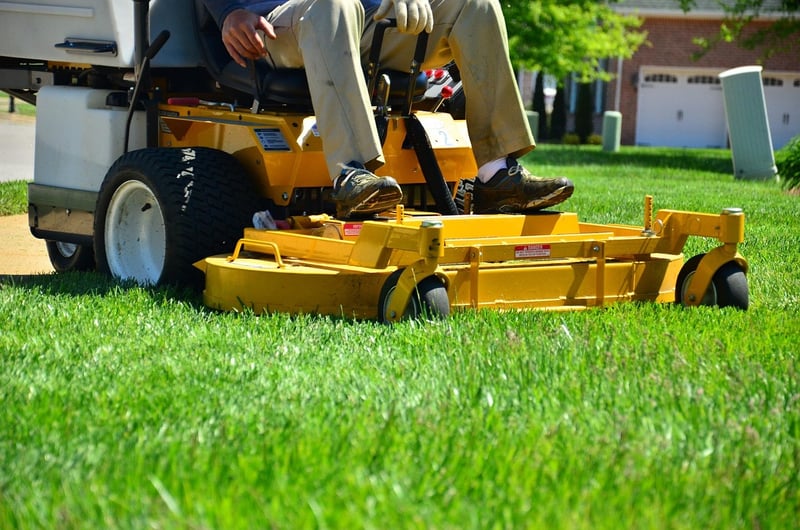Seasonal Maintenance
Keeping Your Plants Healthy and Thriving
Introduction
Welcome to our guide on how to keep your plants healthy and thriving all year round. Whether you're a seasoned gardener or just starting, these tips will help you maintain lush and vibrant plants in your garden.
1. Watering
Proper watering is essential for plant health. Different plants have varying water needs, so make sure to research the specific requirements of each plant in your garden. Some general tips include:
- Water plants in the morning to prevent evaporation loss.
- Avoid overwatering, as it can lead to root rot.
- Use a soaker hose or drip irrigation for efficient watering.
2. Sunlight
Sunlight is the primary source of energy for plants through photosynthesis. Ensure your plants get adequate sunlight by:
- Placing sun-loving plants in full sun areas.
- Providing shade for plants that prefer indirect light.
- Rotate pots regularly to ensure even sunlight exposure.
3. Soil Health
Healthy soil is the foundation for thriving plants. Keep your soil in optimal condition by:
- Adding organic matter like compost to improve soil structure.
- Testing soil pH and nutrient levels for proper plant growth.
- Avoid compacting soil to allow for root growth and water absorption.
4. Pest Control
Keep an eye out for common garden pests that can damage your plants. Some natural pest control methods include:
- Attracting beneficial insects like ladybugs and lacewings.
- Using neem oil or insecticidal soap for plant-safe pest control.
- Handpick larger pests like caterpillars or beetles.
Seasonal Maintenance
Each season brings its own set of challenges and opportunities for plant care. Here are some seasonal maintenance tips:
Spring
Spring is a time of growth and rejuvenation for plants. Tasks for spring include:
- Prune dead branches and shape shrubs for new growth.
- Start seeds indoors or prepare the garden for outdoor planting.
- Fertilize plants to support their growth during the active growing season.
Summer
Summer is when plants are in full bloom and need extra care. Summer maintenance includes:
- Water plants deeply to withstand the heat.
- Mulch around plants to retain moisture and suppress weeds.
- Monitor for pests and diseases, especially during hot and humid weather.
Fall
Fall is a transitional period as plants prepare for winter. Fall maintenance tasks involve:
- Clean up garden beds and remove debris to prevent mold and pests.
- Plant bulbs for spring blooms and divide perennials if needed.
- Apply a layer of mulch to protect plants from frost and cold temperatures.
Winter
Winter is a time of dormancy for many plants, but they still need care. Winter maintenance includes:
- Protect tender plants from frost with covers or bring them indoors.
- Monitor indoor plants for dry air and adjust humidity levels as needed.
- Plan and prepare for the upcoming gardening season by organizing seeds and supplies.
By following these tips and seasonal maintenance guidelines, you can ensure your plants stay healthy and thriving throughout the year. Happy gardening!

